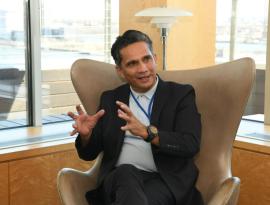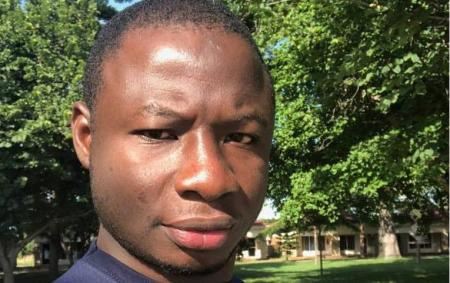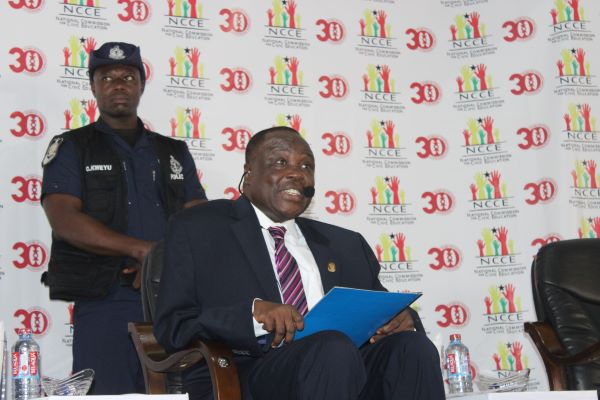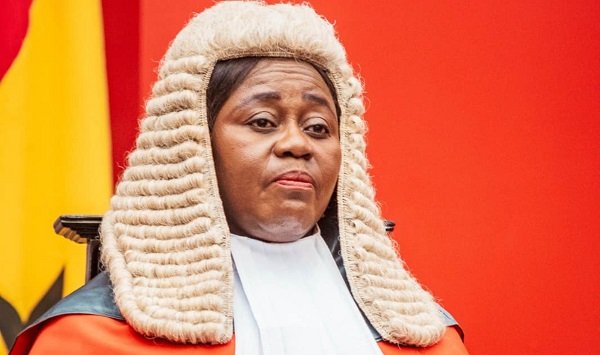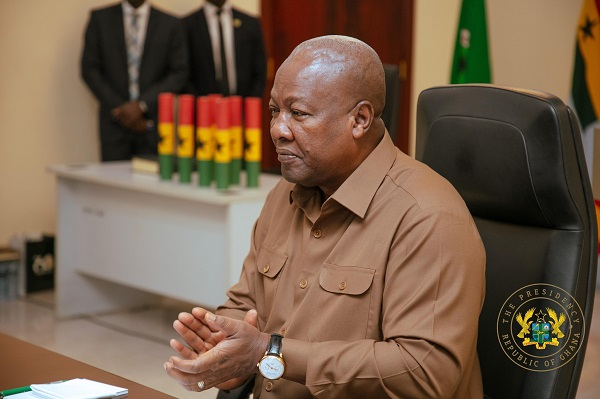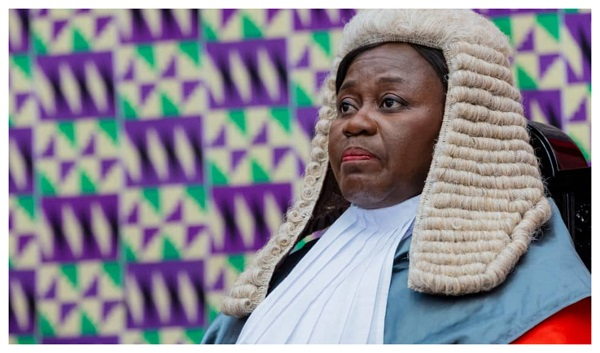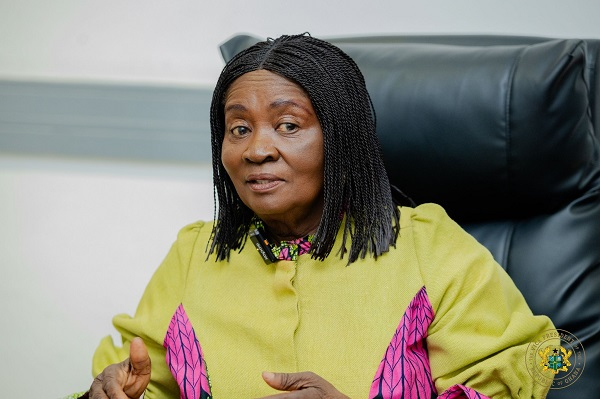EXPLAINER: Here are the processes to follow to remove Chief Justice Gertrude Torkornoo
Gertrude Torkornoo is the Chief Justice
President John Dramani Mahama has forwarded three petitions sent to him to the Council of State, seeking the removal of Chief Justice Gertrude Araba Torkornoo, from her position.
According to a statement from Felix Kwakye Ofosu, the Minister of State in charge of Government Communications and Presidential Spokesperson, on March 25, 2025, the president has received three separate petitions from individuals requesting the removal of the Chief Justice.
"President Mahama has received three (3) petitions from various persons seeking the removal of the Chief Justice.
"The president has forwarded the petitions to the Council of State to commence the consultation process mandated by Article 146 of the 1992 Constitution,” the statement read.
The development has raised questions regarding the legality of the petitions and has brought attention to matters surrounding the grounds for the removal of the Chief Justice and the criteria that justify such action.
One of the key questions being raised is the process involved in such a removal.
This GhanaWeb article aims to clarify and shed light on the procedure that would be followed if the Chief Justice were to be removed from office.
Chief Justice Appointment
The Chief Justice is appointed to the Supreme Court, the apex court of the land, by the president, acting in consultation with the Council of State and with the approval of Parliament.
This process is in accordance with Article 144 of the 1992 Constitution of Ghana.
Processes involved in removal of Chief Justice (CJ)
The process for the removal of the Chief Justice by the president is not cumbersome.
The Article 146 of the 1992 Constitution outlines the process below:
(6) Where the petition is for the removal of the Chief Justice, the President shall, acting in consultation with the Council of State, appoint a committee consisting of two Justices of the Supreme Court, one of whom shall be appointed chairman by the President, and three other persons who are not members of the Council of State, nor members of Parliament, nor lawyers.
(7) The committee appointed under clause (6) of this article shall inquire into the petition and recommend to the President whether the Chief Justice ought to be removed from office.
(8) All proceedings under this article shall be held in camera, and the Justice or Chairman against whom the petition is made is entitled to be heard in his defence by himself or by a lawyer or other expert of his choice.
(9) The President shall, in each case, act in accordance with the recommendations of the committee.
(10) Where a petition has been referred to a committee under this article, the President may-
(a) in the case of the Chief Justice, acting in accordance with the advice of the Council of State, by warrant signed by him, suspend the Chief Justice;
(b) in the case of any other Justice of a Superior Court or of a Chairman of a Regional Tribunal, acting in accordance with the advice of the Judicial Council, suspend that Justice or that Chairman of a Regional Tribunal.
(11) The President may, at any time, revoke a suspension under this article.
Meanwhile, the grounds for the petition calling for the removal of the Chief Justice have yet to be determined.
MAG/AE
Meanwhile, watch as Prof Gyampo explains why he believes the BBC's 'Sex for Grades' exposé was orchestrated
